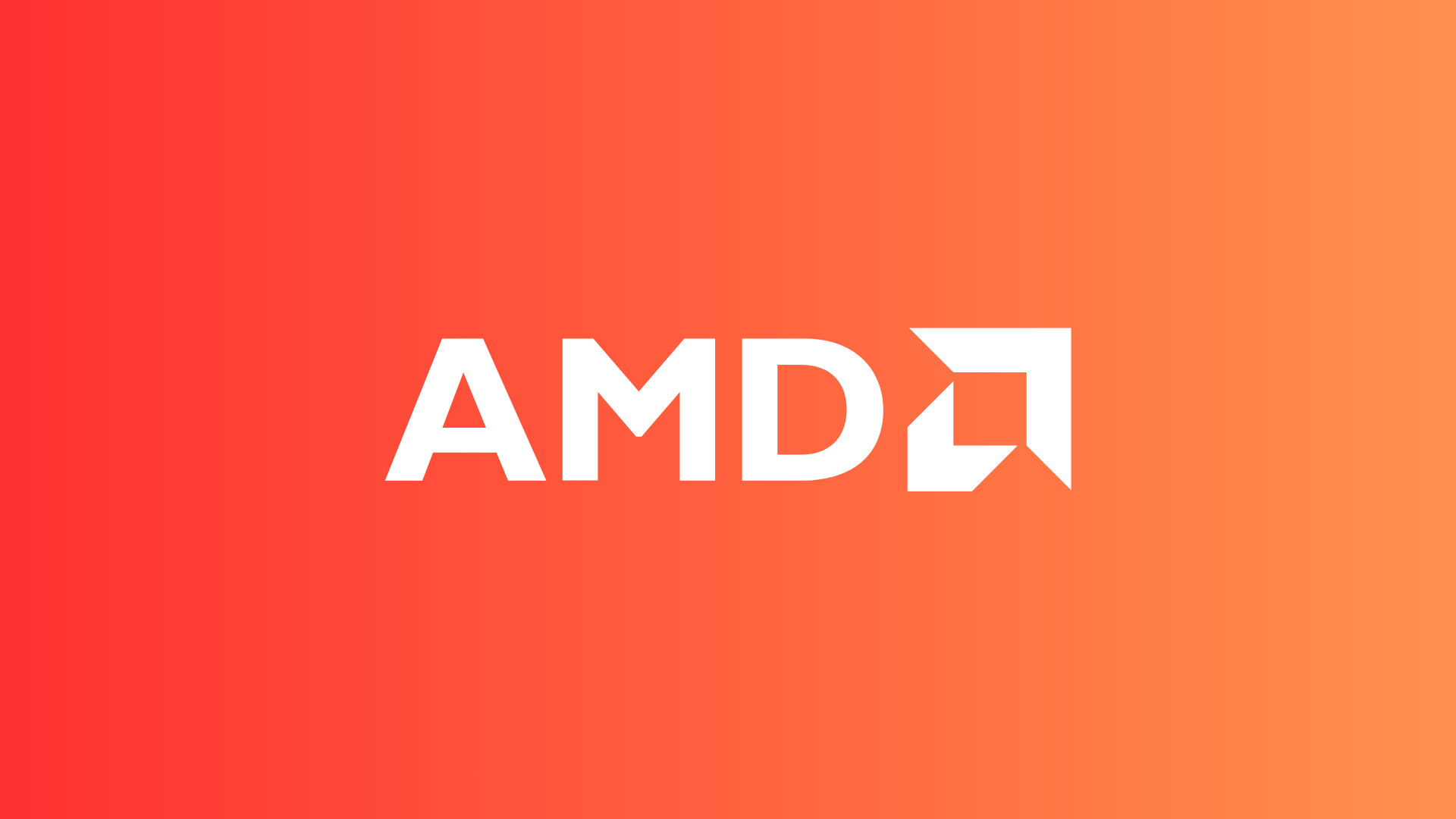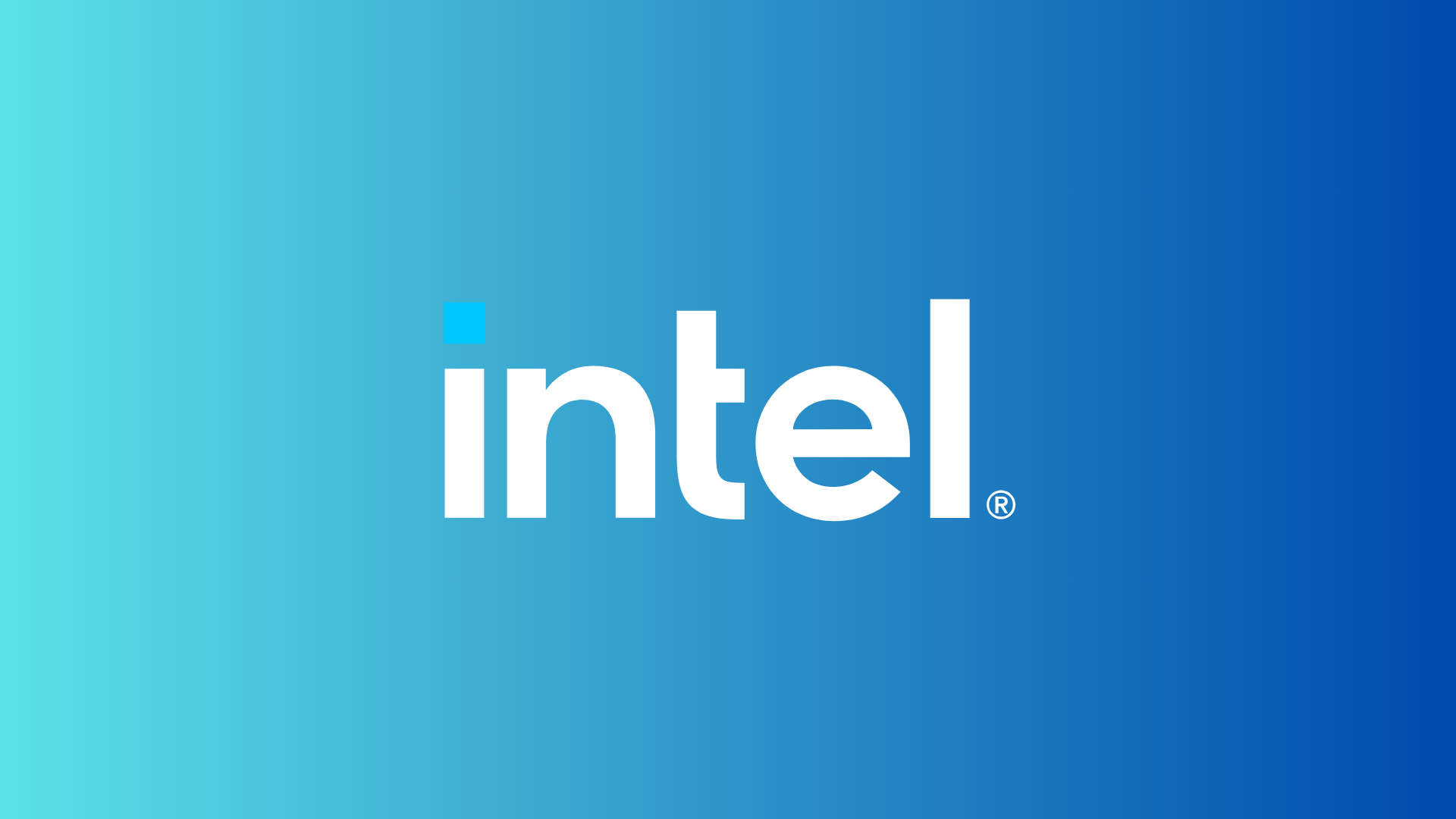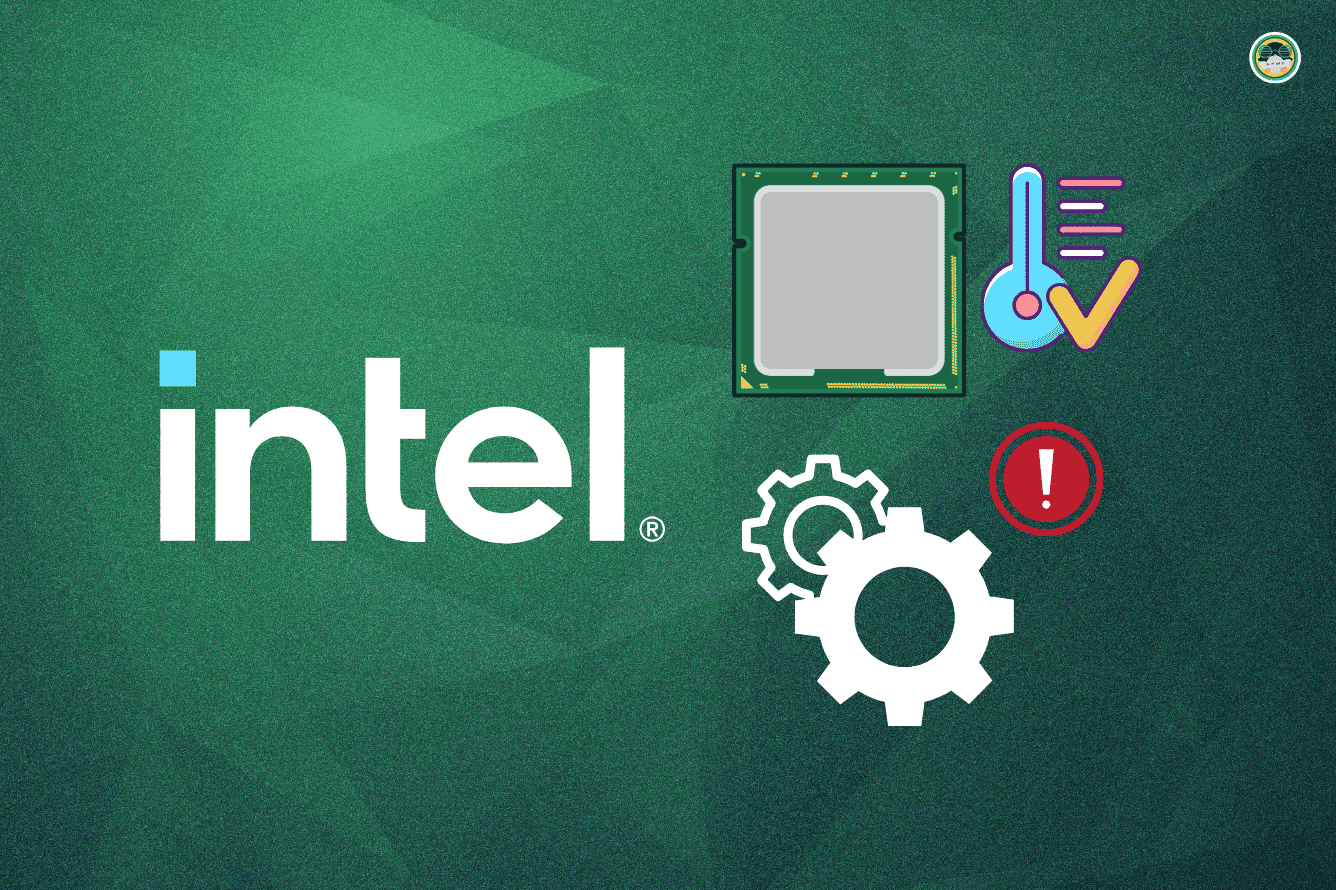
As expected, a new Linux release has arrived two months after the earlier version, offering better hardware support and many new additions for AMD and Intel.
Releasing this, Linus Torvalds shared a few thoughts:
No huge surprises this past week, so here we are, with kernel 6.17
pushed out and ready to go. Below is the shortlog for just the last week - not the full 6.17
release - as usual.
It's not exciting, which is all good.I think the biggest patch in there is some locking fixes for some bluetooth races that could cause use-after-free situations. Whee - that's about as exciting as it gets.
Linux Kernel 6.17: What's New?
Linux 6.17 is not a long-term support release. Users seeking long-term support (LTS) can stick with Linux 6.12 or wait for 6.18, which is expected to be LTS. Distros like the upcoming Ubuntu 25.10 will be including 6.17.
With that, let’s dive into the key highlights, starting with AMD enhancements, followed by Intel updates, then storage improvements, and finally miscellaneous changes that round out Linux 6.17.
AMD Enhancements

Linux 6.17 introduces AMD's Hardware Feedback Interface (HFI) driver, which helps the scheduler use Ryzen cores more effectively. Mixed-core processors now distribute workloads more intelligently, improving overall system responsiveness and energy efficiency, particularly on laptops and high-performance desktops.
Furthermore, CPUID faulting allows virtualization software to safely intercept CPU instructions from user space. This enhances virtual machine isolation and security, providing a more stable environment for running multiple operating systems on AMD hardware.
There is also the newly introduced SmartMux support that improves automatic switching between integrated and discrete GPUs on hybrid laptops. This change reduces power consumption when high graphics performance isn’t needed and provides smoother GPU performance when tasks demand it.
Intel Updates

Intel systems now fully utilize all available CPU cores, as multi-core (SMP) support is always enabled. This ensures tasks are distributed efficiently across cores, improving multitasking and system responsiveness on modern Intel processors.
The IPU7 webcam driver provides improved camera functionality on newer Intel laptops, ensuring video calls, streaming, and imaging applications run smoothly with fewer compatibility issues.
There have also been some EDAC updates to expand error detection and correction on newer Intel processors, increasing system stability under heavy workloads and reducing the risk of memory-related crashes.
On the GPU side, Linux 6.17 adds SR-IOV support for Battlemage Arc Pro GPUs, enabling better GPU virtualization for enterprise workloads. Meanwhile, perf updates for Panther Lake CPUs improve profiling and performance monitoring.
All of this does look good, but Intel’s Linux exodus means the future could be full of complications.
Suggested Read 📖

Storage Improvements

Btrfs is now faster and handles large files more efficiently, reducing memory overhead and improving throughput on high-capacity storage systems. It also introduces experimental large data folios to further enhance performance and scalability.
Similarly, multi-disk setups are more resilient. The kernel now better handles disk failures, minimizing data loss and improving recovery reliability in RAID or multi-device configurations.
EROFS gains metadata compression and dramatically faster directory reads, boosting performance for read-heavy operations and improving system responsiveness.
On the other hand, the NTFS3 driver fixes Windows-created symlinks, ensuring proper access to files on NTFS drives and enhancing cross-platform compatibility for dual-boot or shared storage setups.
Miscellaneous Changes
We wrap up this release article with several other interesting changes:
- Apple SMC driver is now included, allowing Linux to better manage reboots and shutdowns on Mac hardware.
- Support for several new SoCs, including the NVIDIA Tegra T264/Thor, Marvell PXA1908, and various RISC-V platforms.
- Raspberry Pi RP1 gains upstream PCI device support, improving hardware compatibility for the tiny single-board computer.
- The Corsair HX1200i (2025) power supply can now be monitored directly from Linux, giving users real-time access to system power data.
- Lenovo WMI Gaming Series drivers are now supported, improving Linux compatibility for Legion Go S handhelds and other gaming devices.
Installing Linux Kernel 6.17
If you are on a rolling release distribution, Fedora, or any of its derivatives, you will be among the first ones to get Linux 6.17 on your system.
For other distributions, you can either wait for your distro to offer the update or manually install the latest mainline kernel on Ubuntu. Only attempt manual installation if you know your way around, and remember to back up your data beforehand.
Suggested Read 📖

- Even the biggest players in the Linux world don't care about desktop Linux users. We do.
- We don't put informational content behind paywall. Your support keeps it open for everyone. Think of it like 'pay it forward'.
- Don't like ads? With the Plus membership, you get an ad-free reading experience.
- When millions of AI-generated content is being published daily, you read and learn from real human Linux users.
- It costs just $2 a month, less than the cost of your favorite burger.
Become a Plus Member today and join over 300 people in supporting our work.












